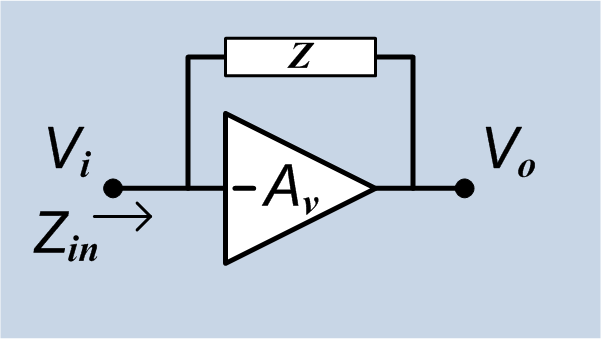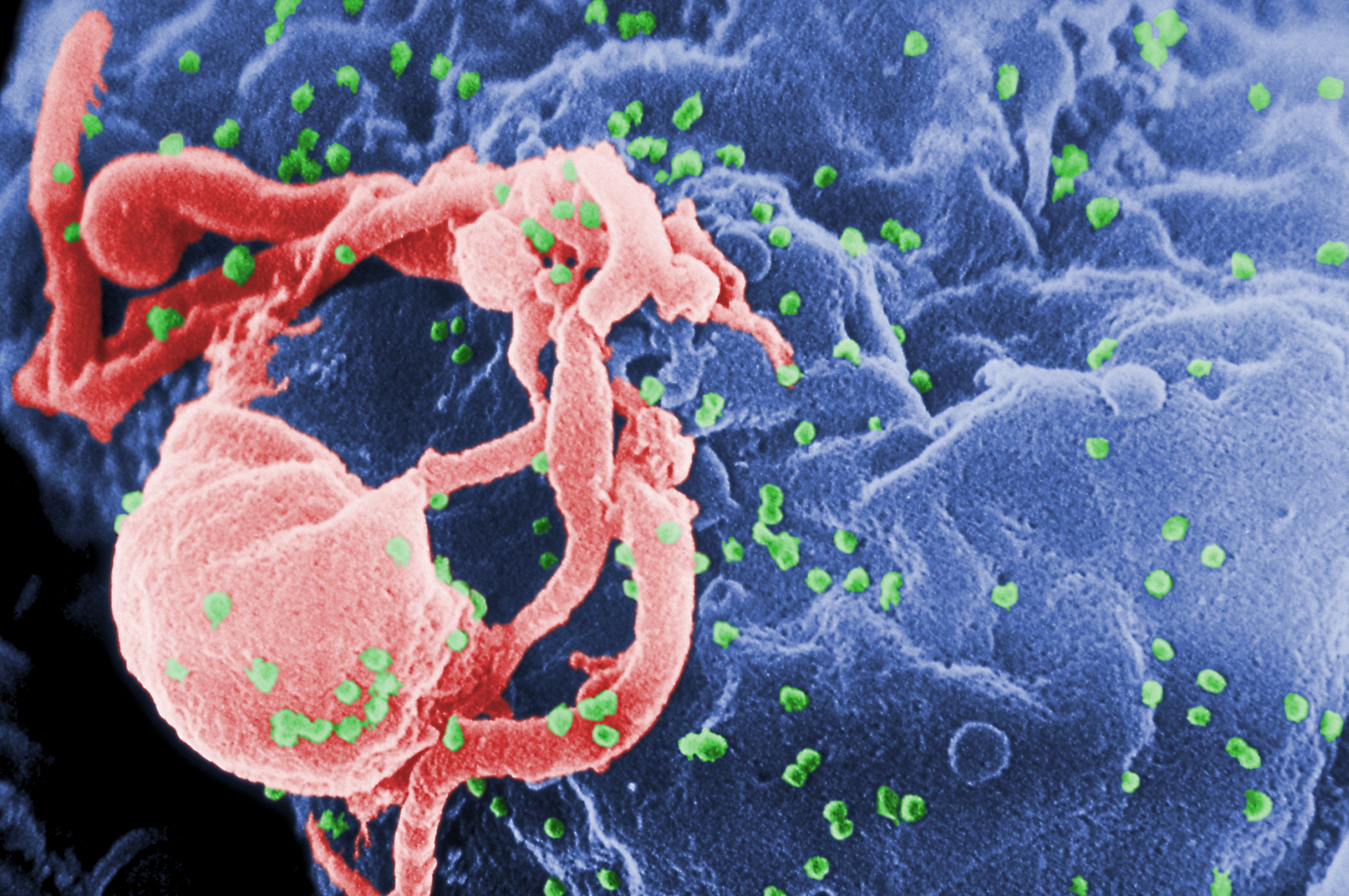|
Control Grid
The control grid is an electrode used in amplifying thermionic valves (vacuum tubes) such as the triode, tetrode and pentode, used to control the flow of electrons from the cathode to the anode (plate) electrode. The control grid usually consists of a cylindrical screen or helix of fine wire surrounding the cathode, and is surrounded in turn by the anode. The control grid was invented by Lee De Forest, who in 1906 added a grid to the Fleming valve (thermionic diode) to create the first amplifying vacuum tube, the Audion (triode). Operation In a valve, the hot cathode emits negatively charged electrons, which are attracted to and captured by the anode, which is given a positive voltage by a power supply. The control grid between the cathode and anode functions as a "gate" to control the current of electrons reaching the anode. A more negative voltage on the grid will repel the electrons back toward the cathode so fewer get through to the anode. A less negative, or positive, ... [...More Info...] [...Related Items...] OR: [Wikipedia] [Google] [Baidu] |
Triode Schematic Labeled
A triode is an electronic amplifying vacuum tube (or ''valve'' in British English) consisting of three electrodes inside an evacuated glass envelope: a heated filament or cathode, a grid, and a plate (anode). Developed from Lee De Forest's 1906 Audion, a partial vacuum tube that added a grid electrode to the thermionic diode (Fleming valve), the triode was the first practical electronic amplifier and the ancestor of other types of vacuum tubes such as the tetrode and pentode. Its invention founded the electronics age, making possible amplified radio technology and long-distance telephony. Triodes were widely used in consumer electronics devices such as radios and televisions until the 1970s, when transistors replaced them. Today, their main remaining use is in high-power RF amplifiers in radio transmitters and industrial RF heating devices. In recent years there has been a resurgence in demand for low power triodes due to renewed interest in tube-type audio systems by audiophil ... [...More Info...] [...Related Items...] OR: [Wikipedia] [Google] [Baidu] |
Gold
Gold is a chemical element with the symbol Au (from la, aurum) and atomic number 79. This makes it one of the higher atomic number elements that occur naturally. It is a bright, slightly orange-yellow, dense, soft, malleable, and ductile metal in a pure form. Chemically, gold is a transition metal and a group 11 element. It is one of the least reactive chemical elements and is solid under standard conditions. Gold often occurs in free elemental ( native state), as nuggets or grains, in rocks, veins, and alluvial deposits. It occurs in a solid solution series with the native element silver (as electrum), naturally alloyed with other metals like copper and palladium, and mineral inclusions such as within pyrite. Less commonly, it occurs in minerals as gold compounds, often with tellurium (gold tellurides). Gold is resistant to most acids, though it does dissolve in aqua regia (a mixture of nitric acid and hydrochloric acid), forming a soluble tetrachloroaurate anion. Gold is ... [...More Info...] [...Related Items...] OR: [Wikipedia] [Google] [Baidu] |
Mullard
Mullard Limited was a British manufacturer of electronic components. The Mullard Radio Valve Co. Ltd. of Southfields, London, was founded in 1920 by Captain Stanley R. Mullard, who had previously designed thermionic valves for the Admiralty before becoming managing director of the Z Electric Lamp Co. The company soon moved to Hammersmith, London and then in 1923 to Balham, London. The head office in later years was Mullard House at 1–19 Torrington Place, Bloomsbury, now part of University College London. Start-up In 1921, the directors were Sir Ralph Ashton (chairman), Basil Binyon of the Radio Communication Co, C.F. Elwell and S.R. Mullard (Managing Director). Partnership with Philips In 1923, to meet the technical demands of the newly formed BBC, Mullard formed a partnership with the Dutch manufacturer Philips. The valves (vacuum tubes) produced in this period were named with the prefix PM, for Philips-Mullard, beginning with the PM3 and PM4 in 1926. Mullard fina ... [...More Info...] [...Related Items...] OR: [Wikipedia] [Google] [Baidu] |
Very High Frequency
Very high frequency (VHF) is the ITU designation for the range of radio frequency electromagnetic waves ( radio waves) from 30 to 300 megahertz (MHz), with corresponding wavelengths of ten meters to one meter. Frequencies immediately below VHF are denoted high frequency (HF), and the next higher frequencies are known as ultra high frequency (UHF). VHF radio waves propagate mainly by line-of-sight, so they are blocked by hills and mountains, although due to refraction they can travel somewhat beyond the visual horizon out to about 160 km (100 miles). Common uses for radio waves in the VHF band are Digital Audio Broadcasting (DAB) and FM radio broadcasting, television broadcasting, two-way land mobile radio systems (emergency, business, private use and military), long range data communication up to several tens of kilometers with radio modems, amateur radio, and marine communications. Air traffic control communications and air navigation systems (e.g. VOR and ILS) wo ... [...More Info...] [...Related Items...] OR: [Wikipedia] [Google] [Baidu] |
Screen Grid
A tetrode is a vacuum tube (called ''valve'' in British English) having four active electrodes. The four electrodes in order from the centre are: a thermionic cathode, first and second grids and a plate (called ''anode'' in British English). There are several varieties of tetrodes, the most common being the screen-grid tube and the beam tetrode. In screen-grid tubes and beam tetrodes, the first grid is the control grid and the second grid is the screen grid. In other tetrodes one of the grids is a control grid, while the other may have a variety of functions. The tetrode was developed in the 1920s by adding an additional grid to the first amplifying vacuum tube, the triode, to correct limitations of the triode. During the period 1913 to 1927, three distinct types of tetrode valves appeared. All had a normal control grid whose function was to act as a primary control for current passing through the tube, but they differed according to the intended function of the other grid. In ... [...More Info...] [...Related Items...] OR: [Wikipedia] [Google] [Baidu] |
Miller Effect
In electronics, the Miller effect accounts for the increase in the equivalent input capacitance of an inverting voltage amplifier due to amplification of the effect of capacitance between the input and output terminals. The virtually increased input capacitance due to the Miller effect is given by :C_=C (1+A_v)\, where -A_v is the voltage gain of the inverting amplifier (A_v positive) and C is the feedback capacitance. Although the term ''Miller effect'' normally refers to capacitance, any impedance connected between the input and another node exhibiting gain can modify the amplifier input impedance via this effect. These properties of the Miller effect are generalized in the Miller theorem. The Miller capacitance due to parasitic capacitance between the output and input of active devices like transistors and vacuum tubes is a major factor limiting their gain at high frequencies. Miller capacitance was identified in 1920 in triode vacuum tubes by John Milton Miller. History The ... [...More Info...] [...Related Items...] OR: [Wikipedia] [Google] [Baidu] |
Grid Bias
In electronics, biasing is the setting of DC (direct current) operating conditions (current and voltage) of an active device in an amplifier. Many electronic devices, such as diodes, transistors and vacuum tubes, whose function is processing time-varying ( AC) signals, also require a steady (DC) current or voltage at their terminals to operate correctly. This current or voltage is called ''bias''. The AC signal applied to them is superposed on this DC bias current or voltage. The operating point of a device, also known as bias point, quiescent point, or Q-point, is the DC voltage or current at a specified terminal of an active device (a transistor or vacuum tube) with no input signal applied. A bias circuit is a portion of the device's circuit which supplies this steady current or voltage. Overview In electronics, 'biasing' usually refers to a fixed DC voltage or current applied to a terminal of an electronic component such as a diode, transistor or vacuum tube in a circuit ... [...More Info...] [...Related Items...] OR: [Wikipedia] [Google] [Baidu] |
GRIDS TM11 662 FIG 39
AIDS is caused by a human immunodeficiency virus (HIV), which originated in non-human primates in Central and West Africa. While various sub-groups of the virus acquired human infectivity at different times, the present pandemic had its origins in the emergence of one specific strain – HIV-1 subgroup M – in Léopoldville in the Belgian Congo (now Kinshasa in the Democratic Republic of the Congo) in the 1920s. There are two types of HIV: HIV-1 and HIV-2. HIV-1 is more virulent, easily transmitted and is the cause of the vast majority of HIV infections globally. The pandemic strain of HIV-1 is closely related to a virus found in chimpanzees of the subspecies ''Pan troglodytes troglodytes'', which live in the forests of the Central African nations of Cameroon, Equatorial Guinea, Gabon, the Republic of the Congo, and the Central African Republic. HIV-2 is less transmittable and is largely confined to West Africa, along with its closest relative, a virus of the sooty mangabey (''Ce ... [...More Info...] [...Related Items...] OR: [Wikipedia] [Google] [Baidu] |





